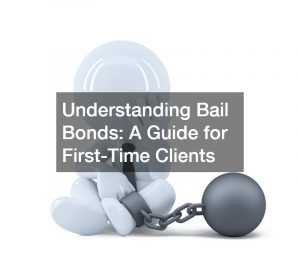Divorce is difficult, regardless of whether one or both parties desire to get out of the marriage. It becomes a lot harder when the law limits the grounds for initiating the process.
If the reason for divorce doesn’t comply with any of the requirements, then the couple might only end up being trapped in a loveless, resentful relationship. If the cause fits the criteria, it could lead to embarrassment.
Fortunately, more states have decided to adopt a no-fault divorce, including New York.
What Is a No-fault Divorce?
In a no-fault divorce, neither party needs to prove the other committed something wrong that might have caused the marriage breakdown. All that’s needed is for one of the couples to state under oath their desire to terminate the marriage and have a judge dissolve it. Some states still require a waiting period, typically six months or one year, before a divorce is finalized.
Before, especially in states like New York, a court might grant a divorce only on the following grounds:
- Adultery (cheating)
- Desertion (leaving the marriage for at least one year or not coming home after being told to do so by the other spouse)
- Criminal conviction
- Institutionalization for mental illness
- Cruel treatment and living apart for at least a year without getting back together
In a way, a no-fault divorce is beneficial because it cuts down on the emotional drama, time, and money spent in court and allows people to get divorced who might not have been able to under other circumstances.
No-fault divorce is sometimes referred to as “divorce by mutual consent” because it allows spouses to approach the dissolution of their marriage without resorting to finger-pointing or blame.
For example, if two people are married but no longer in love, they may choose to get a divorce instead of staying together for the sake of appearances or maintaining the status quo. That said, even though there is no legal reason required for ending a marriage, you still have to wait for the requisite period before your divorce is finalized.
Also, in a fault divorce, either spouse may allege wrongdoing by the other spouse, such as adultery or abandonment. If proven (or found to be true without proof), this can affect property division, alimony (if any), and custody of the children. A fault may also be considered in awarding attorney fees and court costs.
Lastly, a fault divorce may result in a longer separation period before the couple can officially get divorced. The length of time varies from state to state. Some require six months to one year of separation, while others require two years.
Does No-fault Mean There’s No Argument?

No. There are still issues regarding property division, child custody and support, alimony, and attorney fees. However, the only thing you need to agree on is whether you want to end your marriage. You don’t have to argue about why you want the divorce.
In a no-fault divorce, you have to agree to terms about your children and home for the court to approve them. The agreement can be worked out at a conference with a judge, or a settlement can be reached with a mediator and divorce lawyer.
In addition, some states allow divorce proceedings to begin before the end of separation or residency requirements for no-fault divorces. If you want to file based on “irreconcilable differences,” this can get you a quickie divorce without having to wait at all. It’s best to discuss all your options with a divorce attorney in your state.
What Happens During a No-fault Divorce?
The two spouses must file a petition for divorce and other required forms with the court in their county. They will then exchange documents and information related to any children, including custody arrangements and child support payments.
Next, if there are issues that need to be resolved (for example, who gets what property), they will go through mediation or settlement negotiations with the help of lawyers.
If they come to an agreement, they will present it to a judge for approval. If there are issues that can’t be settled, they’ll go to trial. During mediation or settlement negotiations (which usually take place with the help of the attorneys), either spouse may get temporary orders modifying custody, visitation, child support, or other aspects of your legal relationship. At the divorce hearing, if there are no contested issues, these temporary orders may become permanent.
Although a couple can technically file for divorce without assigning blame, there are still legal issues to be settled to avoid future problems. This process varies from state to state, but it generally involves both spouses exchanging required information about their financial status and children. It is best handled by an experienced family law attorney who can help them negotiate a mutually acceptable settlement.



